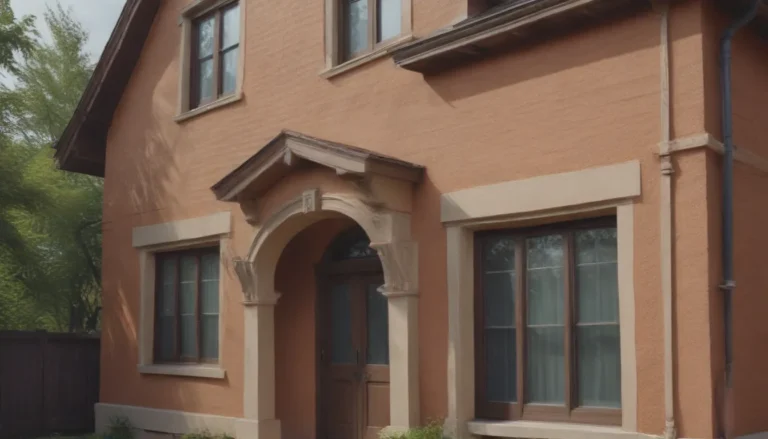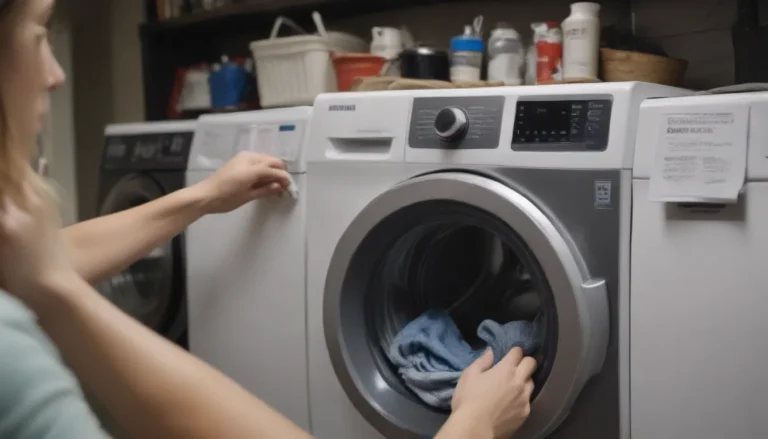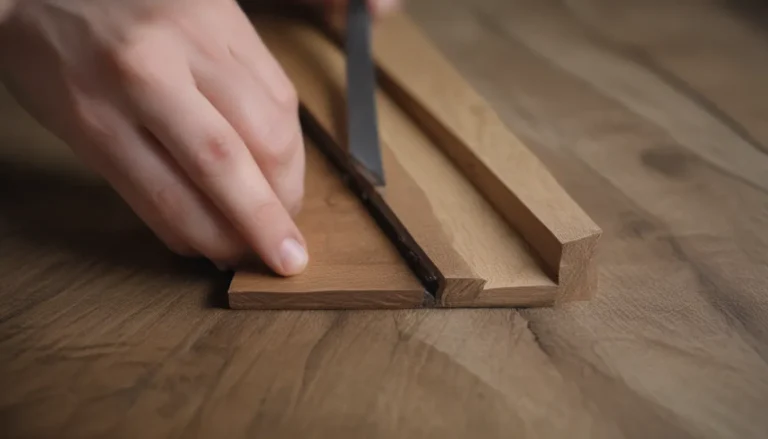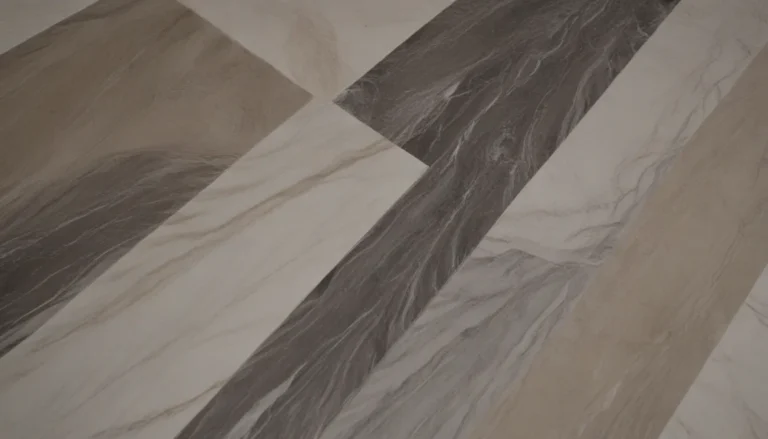Understanding Tile Mastic: A Comprehensive Guide
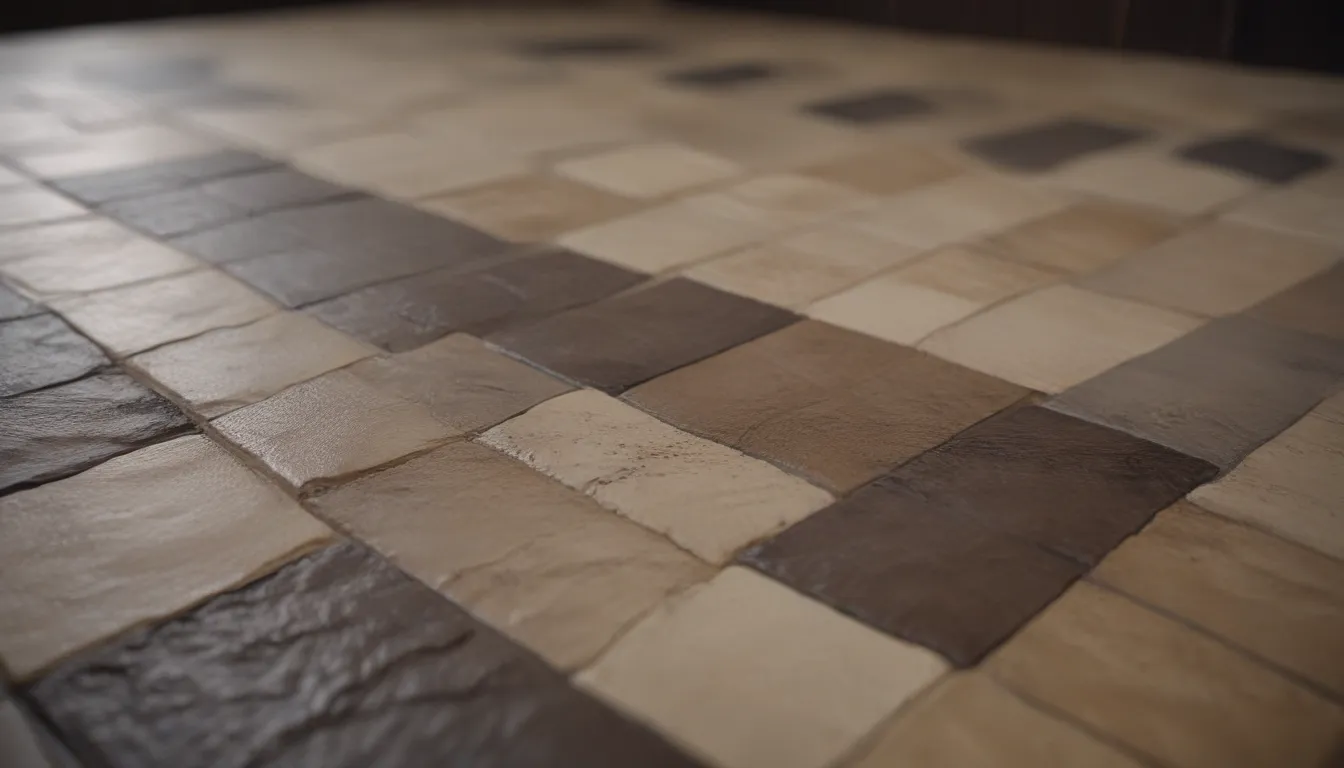
If you’re considering a tiling project, you’ve likely come across the term “tile mastic.” But what exactly is it, and when should you use it? In this in-depth guide, we will explore everything you need to know about tile mastic, including its uses, benefits, limitations, and best practices. Whether you’re a seasoned DIY enthusiast or a novice looking to tackle your first home improvement project, this guide is here to help.
What Is Tile Mastic?
Tile mastic is an adhesive that, when combined with thin-set mortar, is used to adhere tiles to wall or floor surfaces before grouting. It is known for its excellent adhesive properties and adaptability to various substrates. However, it is essential to understand that while tile mastic excels in many areas, it is not ideal for high-moisture environments.
Bottom Line: Mastic Can Be Used for Areas of Light Moisture
When it comes to moisture resistance, tile mastic falls short compared to other adhesives. Some professionals argue that tile mastic can be used in wet areas as long as the grout is adequately sealed and maintained. Others recommend restricting the use of tile mastic to dry areas only.
Custom Building Products, a leading manufacturer of tile adhesives, thinsets, and grout, suggests that tile mastic is suitable for “interior wet areas with intermittent water exposure such as tub surrounds and shower walls.” It is crucial to note the term “intermittent,” as it indicates that tile mastic should not be used in high-moisture sections of a shower, such as floor pans.
Where You Can Use Mastic
- Interior wet areas with intermittent water exposure (e.g., tub surrounds and shower walls)
- Dry areas with minimal moisture
Where You Cannot Use Mastic or Not Recommended
- High-moisture areas (e.g., floor pans in showers)
- Exterior applications
- Swimming pools or fountains
Common Substrates Approved for Mastic
- Drywall
- Plywood
- Cement backer board
Common Substrates Unapproved for Mastic
- Uncured concrete
- Veneer plaster
- Delaminating surfaces
Understanding Delaminating
Delaminating occurs when there is a separation between the layers of a material, such as veneered plywood, resulting in a weakened adhesive bond. This can be caused by poor manufacturing processes or moisture infiltration between the layers.
When to Use Mastic vs. Thinset Mortar
Mastic and thin-set mortar serve the same purpose, but they differ in terms of adhesion, gap-filling capabilities, and suitability for various conditions.
- Immediate Adhesion: Mastic provides quick adhesion, making it ideal for smaller projects that require immediate bond strength.
- Filling and Building Properties: Thin-set mortar is better at filling gaps and creating a level surface for larger tiles or uneven substrates.
- Moisture Resistance: Thin-set mortar is the preferred choice for high-moisture areas, while mastic is suitable for light moisture exposure.
- Size Considerations: Thin-set mortar is recommended for larger tiles and heavy materials, while mastic is more suitable for smaller tiles and lighter applications.
In summary, when deciding between tile mastic and thin-set mortar, consider the size of the project, the substrate, and the moisture levels in the installation area to determine the most appropriate adhesive for your needs.
Tips for Working with Tile Mastic
- Proper Surface Preparation: Ensure that the surface is clean, level, and free of debris before applying mastic.
- Even Application: Use the appropriate trowel size to achieve a consistent layer of mastic for optimal adhesion.
- Wait for Proper Curing: Allow the mastic to dry and cure fully before grouting or applying additional pressure on the tiles.
- Regular Maintenance: In high-moisture areas, regularly inspect the grout lines for any signs of wear or damage and reseal them as needed.
By following these tips and guidelines, you can maximize the effectiveness of tile mastic and achieve professional-looking results in your tiling projects.
Conclusion
In conclusion, tile mastic is a versatile adhesive that offers excellent adhesion properties for a wide range of tiling applications. While it may not be suitable for high-moisture environments, it is a cost-effective and efficient option for smaller projects and dry areas.
By understanding the capabilities and limitations of tile mastic, you can make informed decisions when planning your tiling projects and ensure long-lasting, beautiful results. Whether you’re updating your bathroom shower walls or installing a new backsplash in your kitchen, tile mastic can be a valuable tool in your DIY arsenal.
Remember to follow best practices, choose the right adhesive for your specific needs, and enjoy the process of transforming your space with the beauty and durability of tiled surfaces. Happy tiling!
